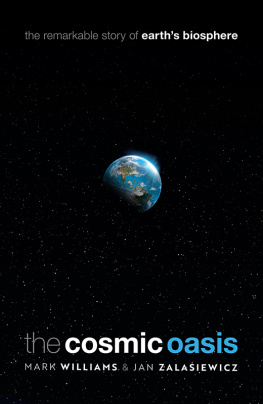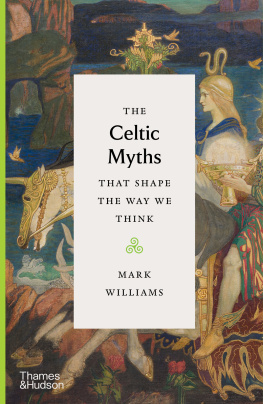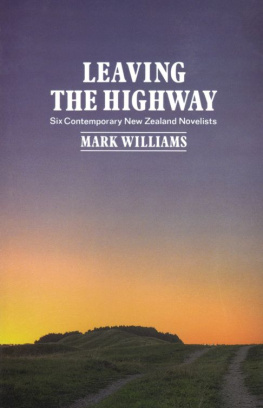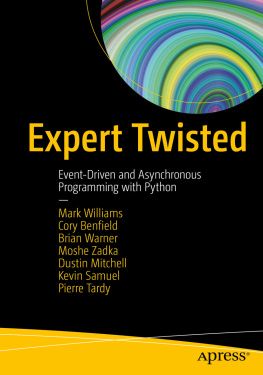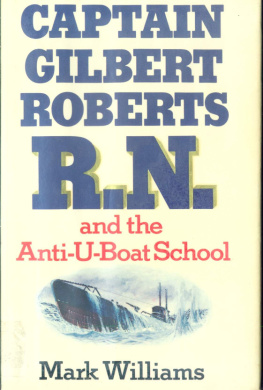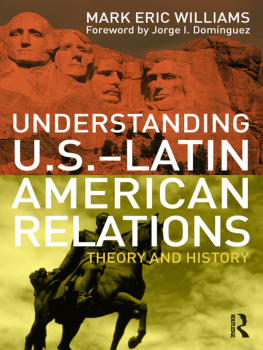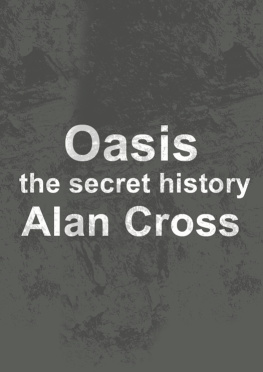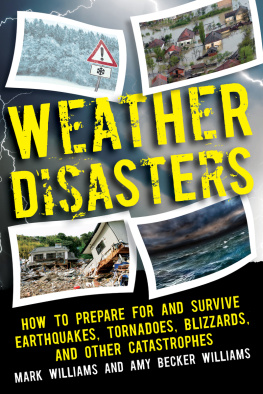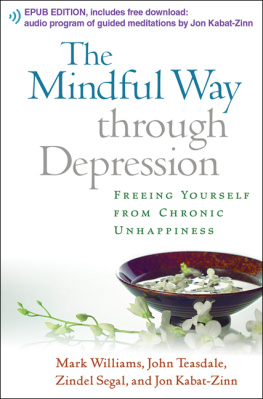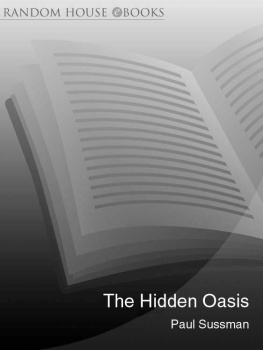Mark Williams - The Cosmic Oasis
Here you can read online Mark Williams - The Cosmic Oasis full text of the book (entire story) in english for free. Download pdf and epub, get meaning, cover and reviews about this ebook. year: 2022, publisher: OxfordUP, genre: Religion. Description of the work, (preface) as well as reviews are available. Best literature library LitArk.com created for fans of good reading and offers a wide selection of genres:
Romance novel
Science fiction
Adventure
Detective
Science
History
Home and family
Prose
Art
Politics
Computer
Non-fiction
Religion
Business
Children
Humor
Choose a favorite category and find really read worthwhile books. Enjoy immersion in the world of imagination, feel the emotions of the characters or learn something new for yourself, make an fascinating discovery.
- Book:The Cosmic Oasis
- Author:
- Publisher:OxfordUP
- Genre:
- Year:2022
- Rating:3 / 5
- Favourites:Add to favourites
- Your mark:
- 60
- 1
- 2
- 3
- 4
- 5
The Cosmic Oasis: summary, description and annotation
We offer to read an annotation, description, summary or preface (depends on what the author of the book "The Cosmic Oasis" wrote himself). If you haven't found the necessary information about the book — write in the comments, we will try to find it.
The Cosmic Oasis — read online for free the complete book (whole text) full work
Below is the text of the book, divided by pages. System saving the place of the last page read, allows you to conveniently read the book "The Cosmic Oasis" online for free, without having to search again every time where you left off. Put a bookmark, and you can go to the page where you finished reading at any time.
Font size:
Interval:
Bookmark:


Great Clarendon Street, Oxford, OX2 6DP,
United Kingdom
Oxford University Press is a department of the University of Oxford. It furthers the Universitys objective of excellence in research, scholarship, and education by publishing worldwide. Oxford is a registered trade mark of Oxford University Press in the UK and in certain other countries
Mark Williams and Jan Zalasiewicz 2022
Images Anne-Sophie Milon
The moral rights of the authors have been asserted
Impression: 1
All rights reserved. No part of this publication may be reproduced, stored in a retrieval system, or transmitted, in any form or by any means, without the prior permission in writing of Oxford University Press, or as expressly permitted by law, by licence or under terms agreed with the appropriate reprographics rights organization. Enquiries concerning reproduction outside the scope of the above should be sent to the Rights Department, Oxford University Press, at the address above
You must not circulate this work in any other form
and you must impose this same condition on any acquirer
Published in the United States of America by Oxford University Press
198 Madison Avenue, New York, NY 10016, United States of America
British Library Cataloguing in Publication Data
Data available
Library of Congress Control Number: 2022930602
ISBN 9780198845874
DOI: 10.1093/oso/9780198845874.001.0001
Printed and bound in the UK by Clays Ltd, Elcograf S.p.A.
Links to third party websites are provided by Oxford in good faith and for information only. Oxford disclaims any responsibility for the materials contained in any third party website referenced in this work.
This book grew out of the way that our workas palaeontologists long fascinated by all that the fossil record can tell us about past lifehas evolved to focus ever more on the revolution that life on Earths life is undergoing today, and on its uncertain prospects for the future. That a book managed to emerge out of this alarmingly wide topic was in no part due to the support, encouragement and marvellously helpful advice from Latha Menon, Jenny Nugee and their colleagues at Oxford University Press.
Among our colleagues in palaeontology and geology who have most shaped our thinking about lifes history have been John Norton, Adrian Rushton, Richard Fortey, David Siveter, Dick Aldridge, Barrie Rickards, Sarah Gabbott, Tom Harvey, Tony Barnosky, Reinhold Leinfelder, Scott Wing, Alan Haywood, Alex Page, Juan Carlos Berrio, Colin Waters, Tom Wong Hearing, Thijs Vandenbroucke, Stephen Himson and Rachael Holmes. Rachael was especially kind in reading an early draft of our manuscript and suggesting many improvements. Our more recent travels beyond our discipline into far wider realms of learning about life writ large have been enabled and guided by Julia Adeney Thomas, Will Steffen, Paul Crutzen, Bruno Latour, Dipesh Chakrabarty, Jacques Grinevald, Davor Vidas, Peter Haff, Bernd Scherer, John Palmesino and Ann-Sofi Rnnskog and Marta Gasparin. It has been quite a journey of discovery, that would have been quite impossible without the kind of education that these colleagues and many others have provided.
For this book, we have worked with the artist Anne-Sophie Milon, whose contribution went far beyond providing a series of inspired images to bring a new kind of life to these pages. She helped shape and guide the text, especially when we drifted too far away from our usual shoresand indeed her marvellous drawings inspired some of our words.
And we are grateful to our families: Asih and Milana, and Kasia, Mateusz and Camille, for their support and infinite patience throughout this long journey, and to our parents, Doreen, Les, Irena and Feliks, for giving us the gift of an interest in life, writ both large and small.
Mark Williams & Jan Zalasiewicz
EARTHRISE
W hen the Apollo 8 astronaut Bill Anders saw the Earth, half lit and half in darkness and more than 230,000 miles away, rise over the lunar surface, he broke away from the tight NASA schedule to snap its image. He little realized how much that image would affect its human inhabitants. Conditions were almost perfect on that day of 24 December 1968. The side of the Earth that was illuminated, in an almost unbearably poignant symphony of blue sea, brown and green land, and white ice and cloud, contrasted unforgettably with the desolation of the Moons cratered surface. Earthrise, as it came to be called, symbolized, as no image before, the delicacy, fragility, and habitability of our planet as it hangs in endless and hostile space. It became a key element of human awareness of the living, and life-giving, environment that surrounds and sustains us.
Fifty years later, Anders said that he had gone to explore the Moon, but discovered the Earth. It was the space programmes that showed our planet to be an oasis of life within a largely barren cosmos, providing an understanding quite at odds with that of earlier generations of scientists. For it was not so long ago that the Moon could be reasonably supposed to support some kind of life. That celebrated astronomer Sir William Herschel used his magnificently engineered telescope to search for life on the Moon, and in 1778 thought that he had observed lunar towns. By the next century, such speculations were being shown to be increasingly improbable (though that was not to deter such scientifically literate writers as H.G. Wells from incorporating intelligent Selenite civilizations into their stories of mystery and adventure). Nevertheless, even when the NASA Moon missions were being planned, the possibility of some kind of life on the Moonthat could be threatened by arriving humans or that could be a threat to those humanswas seriously considered.
The planning committees for the Moon launch included the visionary space scientist Carl Sagan, who had written part of his PhD thesis on the possibility of organic material thereincluding past or present life. He thought the Moon in its early days originally had water and an atmosphere, in which many complex organic molecules were likely produced, and perhaps even life might have developed, before the weak surface gravity took its toll, and both surface water and atmosphere were lost to space. Great care should be taken with any future astronauts, he warned, so that they are not contaminatedor that they do not contaminate any delicate lunar microbial cultures that might remain.
When the astronauts arrived, they found a lifeless, almost bone-dry wasteland; debate continues on the exact meaning of almost, but for all biological purposes, the Moon is dry. Moreover, the Moons origins are being increasingly seen as dramatic and fiery enoughas the condensed remains of out-flung debris when the early proto-Earth collided with the doomed Mars-sized planet Theiato make notions of any kind of early lunar life highly improbable.
This absolute lunar sterility is now seen, paradoxically, as a potential source of clues to what kind of organic compounds might have existed in the early Solar System. After all, what better place to preserve such primitive organic compounds than a body that is absolutely devoid of life, and thereby possesses no possibility of metabolic reworking of such early organic molecules? On Earth, such molecules have long been caught up and transformed by the all-embracing web of life. And so, just beneath the Moons surface, in places buried deeply enough by meteorite-generated rubble to provide protection from damaging cosmic and solar radiation, there may be a treasure trove of pristine, fossilized organic molecules from the dawn of our planetary system.
Next pageFont size:
Interval:
Bookmark:
Similar books «The Cosmic Oasis»
Look at similar books to The Cosmic Oasis. We have selected literature similar in name and meaning in the hope of providing readers with more options to find new, interesting, not yet read works.
Discussion, reviews of the book The Cosmic Oasis and just readers' own opinions. Leave your comments, write what you think about the work, its meaning or the main characters. Specify what exactly you liked and what you didn't like, and why you think so.

